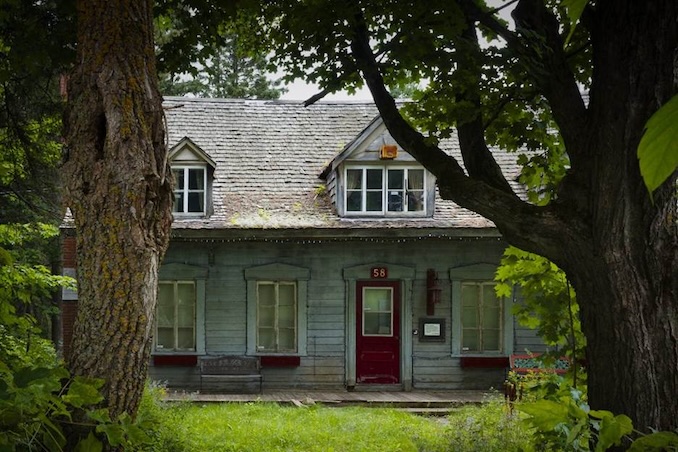Losing someone you love is hard, and dealing with their estate can feel overwhelming. Between paperwork, legal steps, and financial details, it’s hard to know where to begin.
This guide walks you through the process of settling an estate in Canada, helping you stay organized and confident as you navigate the process.

Step 1: Register the Death and Order Certificates
Your first task is to register the death with your province’s vital statistics agency. Once that is complete, you’ll receive a death certificate. You’ll need it for several things, like:
- Closing bank and investment accounts
- Claiming insurance or pensions
- Filing final taxes
- Transferring property or vehicles
Order more copies than you think you’ll need. Many institutions require an original, and having five to ten on hand can prevent delays later.
Step 2: Locate the Will and Identify the Executor
If there’s a will, it names who will inherit and who is responsible for handling the estate, known as the executor. This person is responsible for ensuring the legal and financial matters are settled according to the will.
If no will is found, a court usually appoints a spouse or adult child to act as administrator. That legal appointment gives them the authority to speak with banks, insurance companies, and government offices.
Keep a copy of the will and any codicils (updates) in a secure location for future reference.
Step 3: Understand Probate and When It’s Required
Probate is the court’s confirmation that a will is valid and that the executor is legally allowed to act. Not every estate requires it. Joint accounts, property held jointly, or assets with named beneficiaries often pass directly to the surviving person.
If the estate includes real property or a financial institution requests official proof, you’ll need to apply for probate. In British Columbia, this process involves forms and fees that can feel technical. If you’re unsure, speaking with a probate lawyer in Surrey can help you complete the filing correctly the first time.
Prepare to provide the original will, a death certificate, and an inventory of assets when applying.
Step 4: Create an Inventory of Assets and Debts
Make a simple list of what the person owned and owed to guide every next step. Include:
- Homes, vehicles, and valuables
- Bank and investment accounts
- Pensions, RRSPs, and insurance policies
- Digital accounts such as email or social media
- Credit cards, loans, and other debts
Keep notes of the calls you make, including dates, names, and reference numbers. It helps when tracking progress later.
Documents you’ll use frequently:
- Death certificates
- The will and codicils
- Your identification
- Account or policy statements
Step 5: Notify Institutions and Share Information
Let organizations know about the death. Start with the Canada Revenue Agency, Service Canada, and any pension or benefit offices. Banks, credit card companies, and insurance providers should follow.
The Government of Canada has a helpful checklist of who to notify after a death. Using a structured list ensures nothing is missed.
Focus first on accounts that could continue to charge fees or generate interest. Utilities, phone, and internet services can be handled once ownership is transferred or cancelled.

Step 6: Pay Debts and File Taxes
Before any assets are distributed, ensure that all debts are paid and taxes have been filed. There are two possible returns:
- Final return: covers income from January 1 until the date of death.
- Estate return: filed if the estate earns income after that date, such as interest or investment gains.
Once taxes are complete, request a clearance certificate from the CRA. This confirms that all taxes are paid and protects the executor from personal liability.
Pay any remaining bills using estate funds before making distributions to beneficiaries.
Step 7: Distribute the Estate
After settling debts and taxes, the remaining assets can be shared according to the will. Maintain transparency. A simple summary helps:
Example:
- Assets collected: $250,000
- Expenses and taxes paid: $40,000
- Balance to distribute: $210,000
- Distribution: $105,000 to each beneficiary
If disagreements arise, consider mediation as a first step before resorting to legal action. It’s faster, less expensive, and often preserves relationships. Store copies of all transactions and receipts in a secure location.
Step 8: Review Your Own Plans
Once the immediate tasks are complete, take time to rest. You’ve completed complex responsibilities at a difficult time.
This is also a good time to update your own documents. Create or revise your will, list your digital accounts, and store copies in a secure location where they can be easily found. Many families share stories and guidance through community spaces, which can help you find local support.
Settling an estate is rarely simple, but you can move through it with clear steps. Start with the paperwork that unlocks everything else, the death certificates and the will. Build a list of assets, debts, and people to notify. Keep records, ask questions, and take breaks when needed.
Each action you complete brings order to a time that feels uncertain. The work you do now ensures your loved one’s affairs are closed with care—and gives you the chance to look ahead with greater peace of mind.
